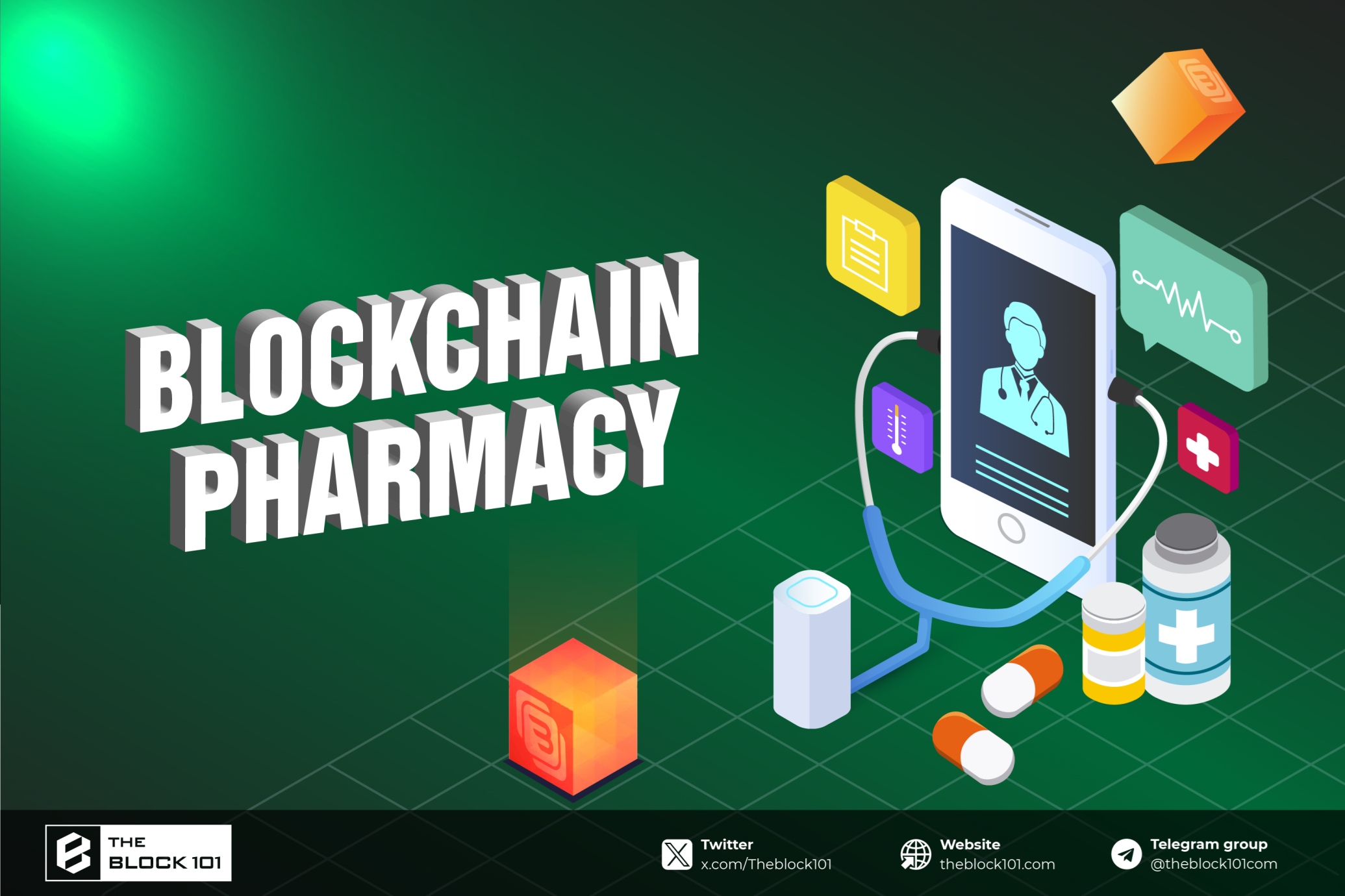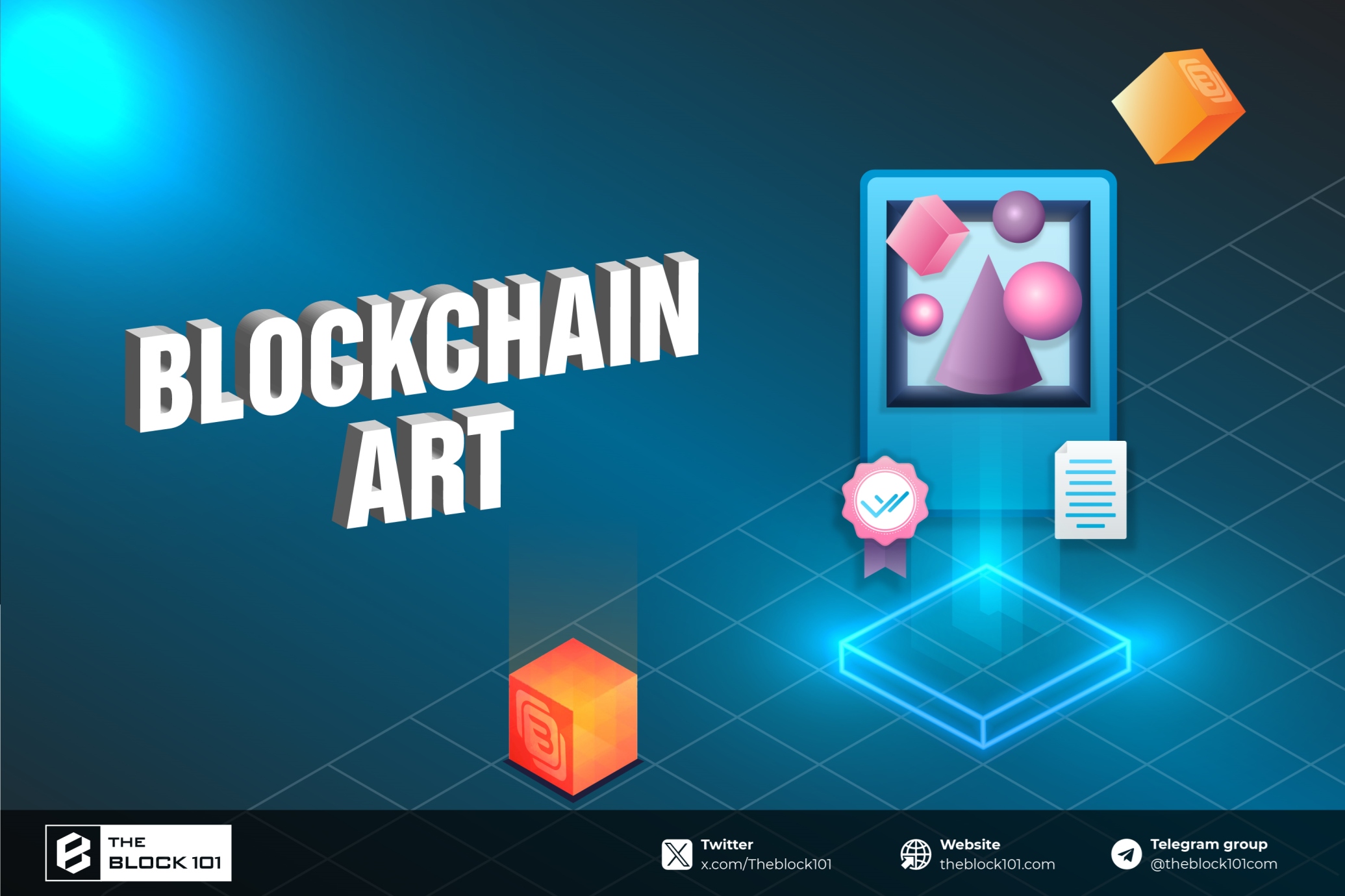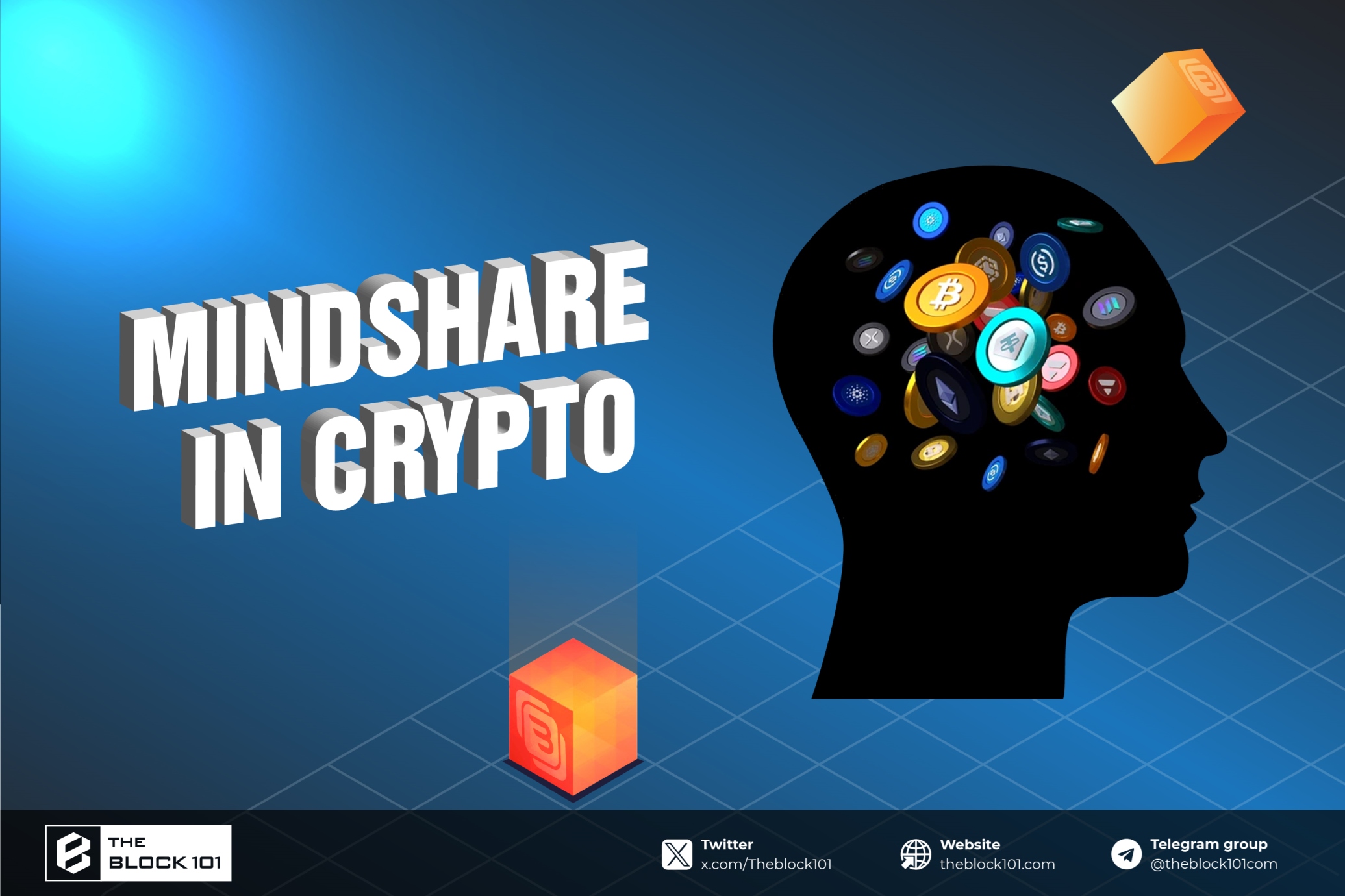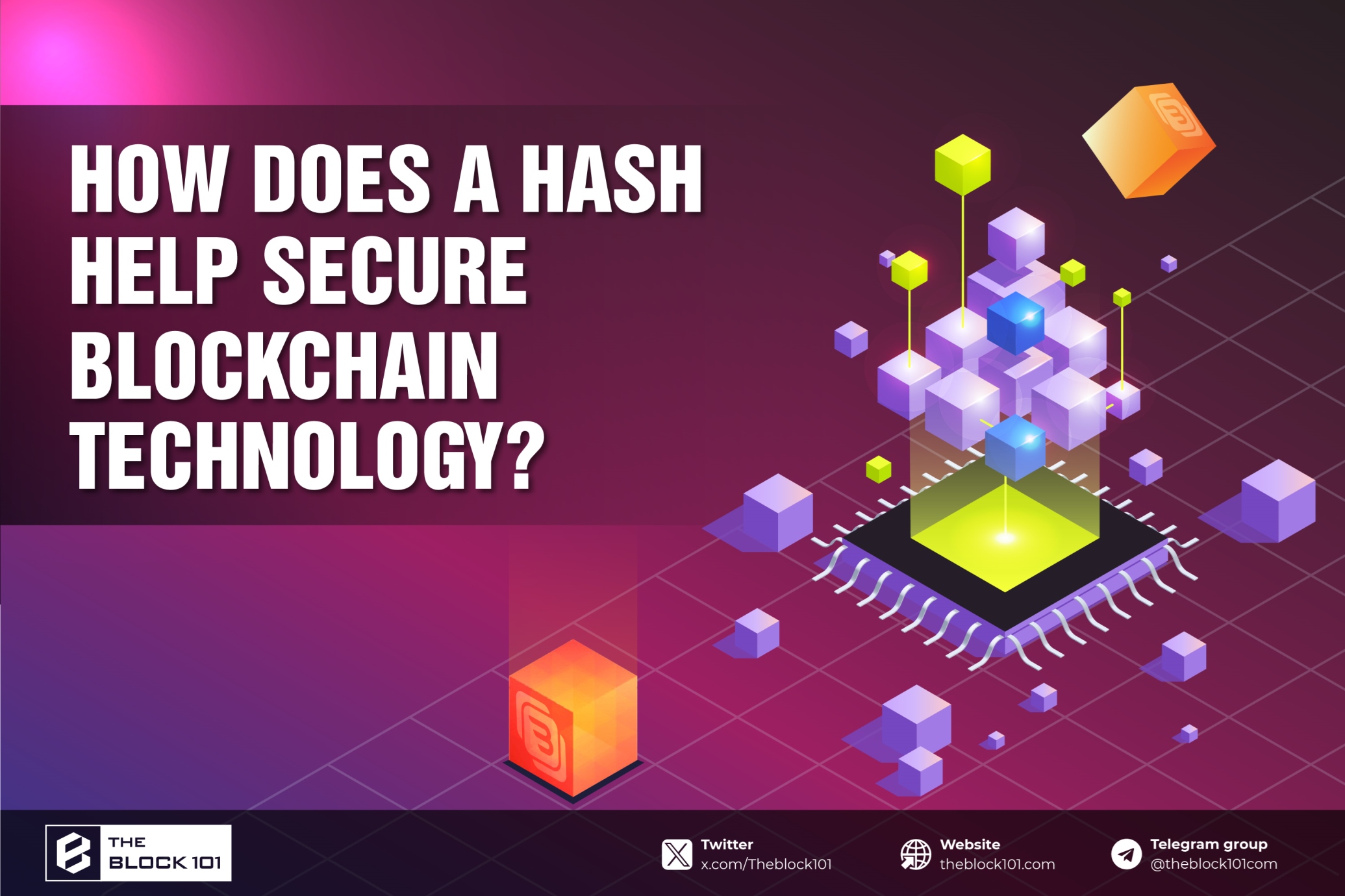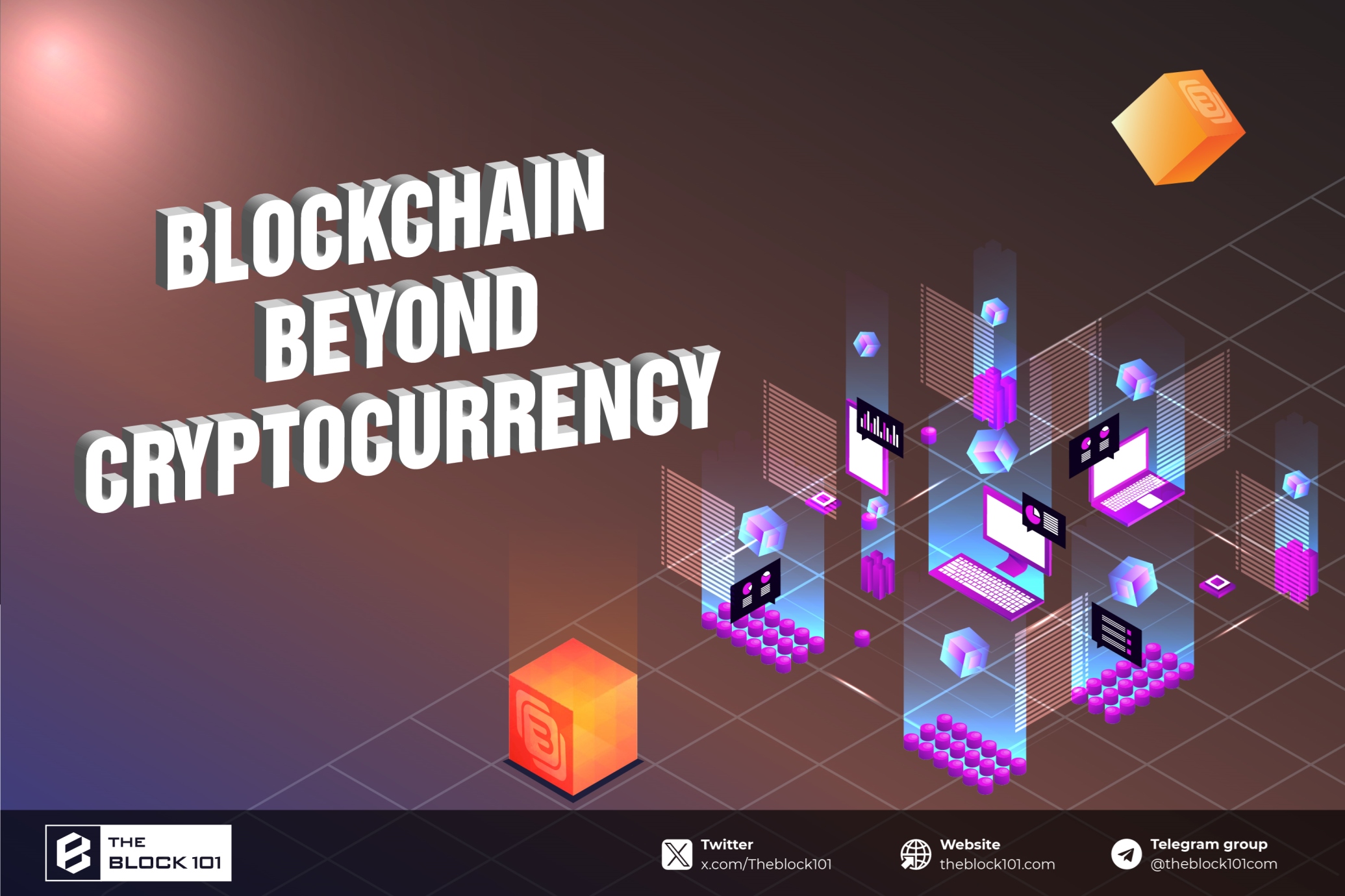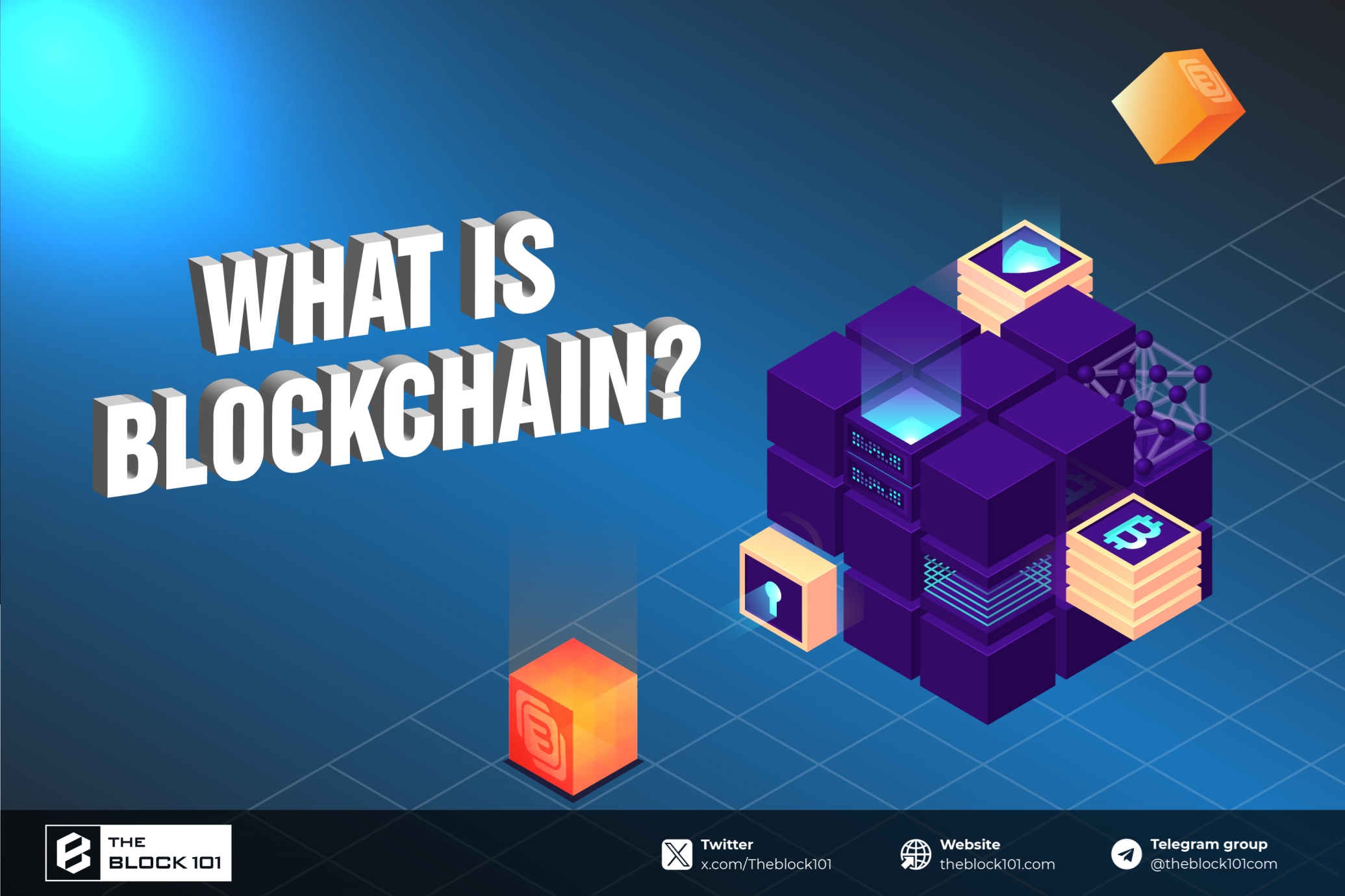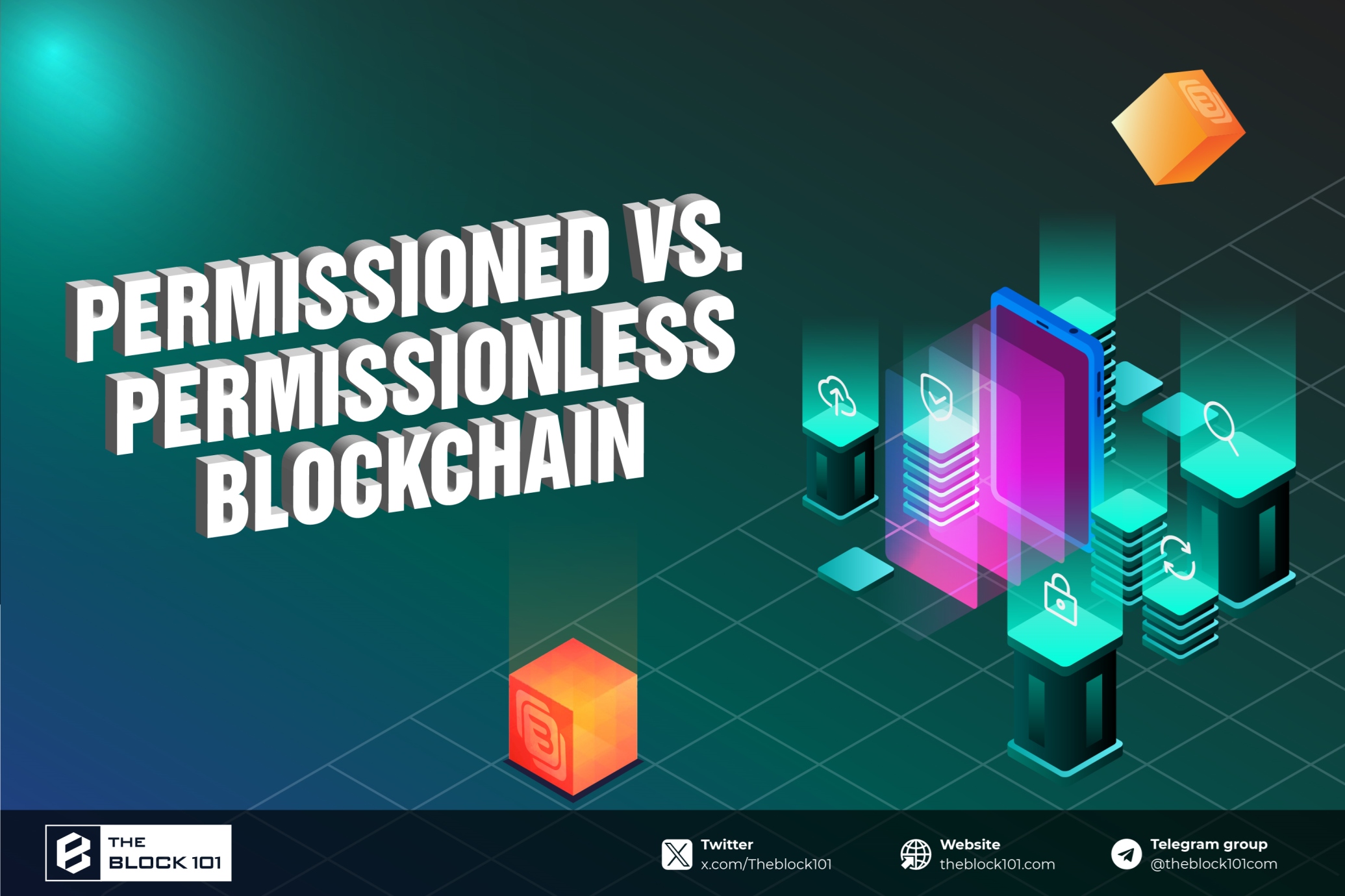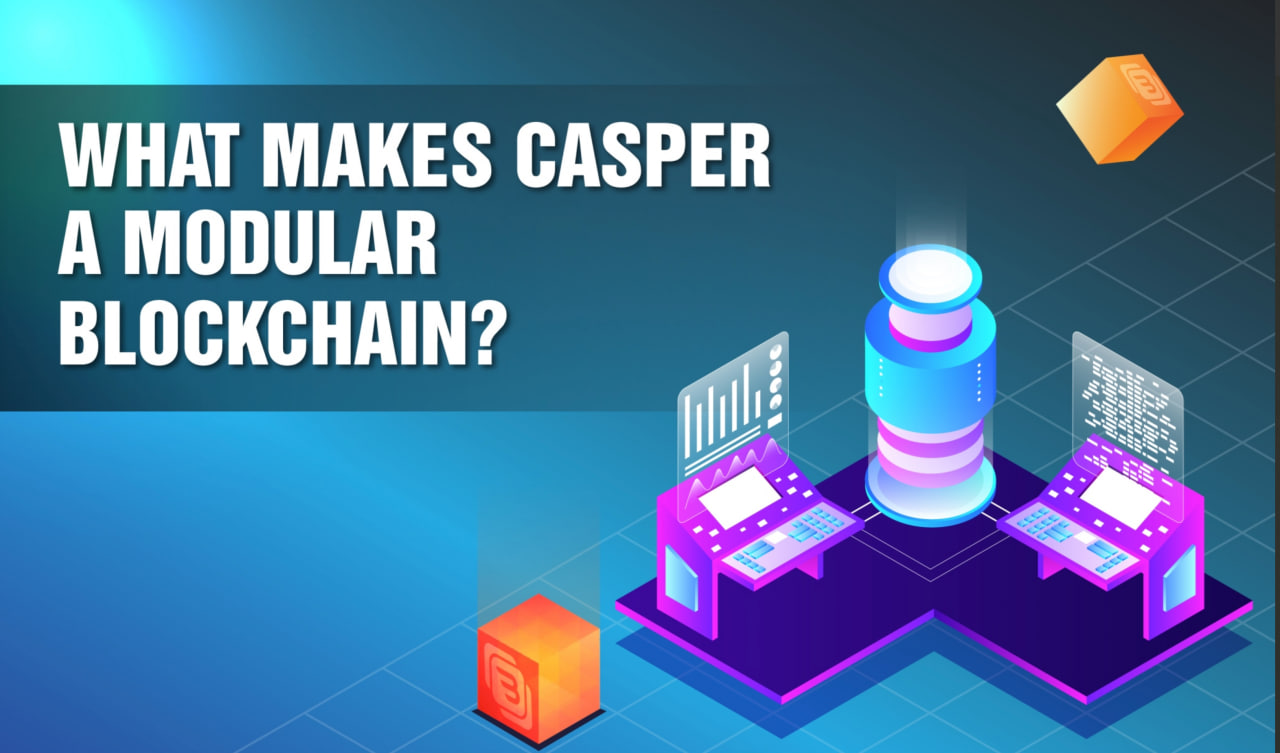1. Overview of blockchain and layers in blockchain
Blockchain is a ledger that helps eliminate intermediaries, reduce costs and increase efficiency in recording and storing transactions.
Blockchain operates in a distributed network (distributed ledger technology, DLT) and does not have a central controlling organization. Information is completely cryptographically verified and stored on multiple computers that users have agreed upon based on a consensus algorithm.
Because no organization controls it and is completely decentralized, blockchain needs to ensure security and scalability. Layers in the blockchain were born to do this. These layers help increase system scalability and keep information safe.
2. Layer structure in blockchain architecture
The layer architecture of blockchain is made up of 5 layers including:

2.1. Hardware infrastructure layer
The infrastructure layer in blockchain includes physical components such as computers, servers, storage devices, and network devices. These are the basic components to build and operate a blockchain network.
- Computers and servers: In the Bitcoin network, computers and servers are used to verify transactions and mine new blocks. These computers must have enough computing power to solve complex mathematical problems and process thousands of transactions per second.
- Data storage device: Data on the blockchain, such as blocks and transactions, need to be stored securely. For example, hard drives or cloud storage systems such as Amazon S3 or Google Cloud Storage can be used to store and protect blockchain data.
- Network devices: To build a distributed blockchain network, network devices are used to connect computers and servers together. Routers, switches and other network devices ensure communication and data transfer between nodes in the network.
For example, in Ethereum, a distributed blockchain network, computers and servers are used to run Ethereum nodes. These nodes communicate with each other through the network and use data storage devices to store block and transaction information. At the same time, network devices help connect nodes together to form a distributed Ethereum network.
The infrastructure layer in blockchain plays an important role in providing the physical foundation for network operations. The reliability, performance, and scalability of the physical components in this layer play an important role in ensuring the security and efficiency of the blockchain.
2.2. Data layer
The data layer in blockchain plays an important role in storing and managing information of the blockchain network. It contains blocks of data, transactions, and other related information recorded on the blockchain.
An example of a data layer in a blockchain is the block structure of Bitcoin. Each block in the Bitcoin blockchain contains information about a group of verified transactions. Each transaction includes information about the sender, recipient, amount of Bitcoin traded, and other related information. In addition, each block also contains other information such as the software version, timestamp and a number called a nonce used in the block mining process.
These blocks are linked together to form a blockchain. Each block contains a unique hash code, allowing the integrity of the data in the block and blockchain to be identified and verified. All transactions and data on the blockchain are stored in blocks and can be retrieved and audited by members of the network.
The data layer in the blockchain allows transactions and information to be stored and retrieved reliably, and contributes to the integrity and security of the blockchain.
2.3. Network layer
The network layer is one of the layers that make up the blockchain system. It plays an important role in connecting and communicating between nodes in the blockchain network. The network layer ensures the safe and efficient transmission of information and data between nodes.
The network layer in blockchain typically uses peer-to-peer (P2P) protocols to establish connections between nodes. P2P allows nodes in the network to communicate directly with each other without going through an intermediary center. This creates a distributed and automated environment for communication and data sharing.
An example of a network layer in blockchain is the Bitcoin network. In the Bitcoin network, nodes connect to each other through the Bitcoin network protocol. Nodes send and receive messages containing transaction and block information to synchronize data and verify transactions on the network. Each node can transmit and receive messages to other nodes in the network, forming a distributed network and jointly performing blockchain operations.
2.4. Consensus layer (Consensus layer)
The consensus layer is responsible for ensuring the consensus and agreement of the nodes in the network on the state of the blockchain. It defines the process and protocols for achieving consensus in verifying and recording transactions on the blockchain.
The goal of the consensus layer is to ensure the integrity and reliability of data in the blockchain network, prevent fraud, and ensure that all nodes in the network reach a common agreement on the state of the blockchain. .
An example of a consensus layer in a blockchain is Proof of Work used in Bitcoin. In Proof of Work, miners compete with each other to solve a complex computational problem. The first solver will create a new block and will receive a reward. Other nodes then verify and accept this block based on the proof of work that has been done. This process ensures integrity and consensus in determining new blocks on the blockchain.
Other examples of consensus layers include Proof of Stake, Delegated Proof-of-Stake, Proof of Authority, Byzantine Fault Tolerance. fraud) and many other protocols used in different blockchains.
The consensus layer in blockchain plays an important role in defining the process and protocol to achieve consensus and decentralization in the blockchain network.
2.5. Application layer
The application layer in blockchain is the part of the blockchain's architecture where specific applications and services are built and deployed. It contributes to the flexibility and scalability of blockchain, allowing developers to innovate and build custom applications based on specific needs and purposes.
The application layer allows developers to build and deploy applications based on blockchain technology. These applications can be cryptocurrency applications such as Bitcoin and Ethereum, where users can send and receive cryptocurrencies. In addition, the application layer also supports the implementation of smart contracts, allowing for automated transactions and providing integrity and trust.
An example of an application layer in a blockchain is a Decentralized Finance (DeFi) application on Ethereum. DeFi provides decentralized financial services such as lending, fiat lending, and cryptocurrency trading. Thanks to the application layer, DeFi projects like Uniswap, Compound, and Aave have built protocols and smart contracts to create decentralized financial experiences and attract users.
3. Layers of the Ethereum blockchain
In the architecture of the Ethereum blockchain, the main layers can be identified as follows:

- Hardware Infrastructure Layer: Ethereum's infrastructure layer includes computers, servers, network devices and storage systems. This is the trust layer that provides the computing power and storage to support the operation of Ethereum.
- Blockchain Layer: The blockchain layer is where the basic operations of Ethereum occur. It includes components such as Ethereum Virtual Machine (EVM), Ethereum Mainnet and smart contracts. Layer 1 verifies transactions, creates new blocks, and stores data in the Ethereum blockchain. Ethereum's Layer 1 uses the Proof-of-Work (POW) consensus mechanism to verify blocks and maintain the security of the network.
- Scaling Layer: The scaling layer is where Layer 2 solutions are deployed to improve Ethereum's scalability and transaction speed. Layer 2 solutions such as Plasma, Optimistic Rollup, and ZK Rollup are used to move a portion of work and transactions from Layer 1 to Layer 2, helping to reduce the load on the main network and increase performance.
- Application Layer: The application layer is where dApps (decentralized applications) and smart contracts are deployed on Ethereum. It provides an environment for developers to build and deploy decentralized applications and smart contracts through the Solidity programming language.
Each layer in the Ethereum architecture plays an important role and provides different features and functions. The infrastructure layer supports Ethereum's operations, the blockchain layer verifies and maintains security, the scaling layer improves scalability, and the application layer enables the deployment of dApps and smart contracts on the platform Ethereum.
4. Other classification of Layers in blockchain
In addition to the 5 layers analyzed above, the blockchain layers are also classified into Layer 0, Layer 1, Layer 2 and Layer 3.

4.1. Layer 0
Layer 0 (also known as L0) serves as a foundation layer below the blockchain that includes hardware and protocols that form the foundation of the blockchain ecosystem.
Layer 0 enables the ability for blockchains to communicate with each other. It provides an important backbone in solving the scalability problems of subsequent layers. Layer 0 typically uses a native token that provides access to participation and development. This layer can be considered the “Internet of blockchains”.
Examples of Layer 0 include Cosmos, Avalanche or Polkadot.
- Cosmos is a decentralized network ecosystem and is built as an open protocol blockchain platform. Cosmos uses the Tendermint protocol to verify transactions and create decentralized applications (dApps). Cosmos Network enables communication and data exchange between different blockchains through the Inter-Blockchain Communication (IBC) protocol. Therefore, Cosmos is considered a Layer 0, providing an infrastructure and technology for building and managing independent blockchains within its ecosystem.
- Avalanche launched Subnet in 2021, officially transforming into a true Layer 0. Subnet is a subnet that exists within Avalanche's Primary Network, consisting of validators that operate according to a common consensus mechanism to validate a set of blockchains.
- Polkadot provides a multi-chain platform and is built as a decentralized network ecosystem. Polkadot uses Relay Chain as the basis for connecting and managing different subchains (parachains). Relay Chain is a key component of Polkadot, which is an intermediate layer between child chains and allows communication and data exchange between them. It helps create connectivity and interoperability between child chains in the Polkadot network.
4.2. Layer 1
Layer 1 (also known as L1) in blockchain is the basic layer and is above Layer 0 in the blockchain architecture. This is the layer we often hear about most when talking about projects like Ethereum, Bitcoin, Binance Smart Chain or Solana.
Layer 1 is where most important operations in the blockchain occur. It includes the consensus mechanism, programming language, the time each block is created, dispute resolution, and important rules and parameters to keep the blockchain network running.
For example, in the case of Bitcoin, Layer 1 stipulates the rules for verifying transactions, creating new blocks, and establishing the Proof-of-Work consensus mechanism. For Ethereum, Layer 1 provides the environment for deploying smart contracts and executing transactions.
Layer 1 is an important part of the blockchain architecture, as it defines how the network operates and processes transactions. Improving Layer 1 can lead to faster speeds, better scalability, and reduced transaction costs in blockchain networks.
4.3. Layer 2
Layer 2 (also known as L2) is an additional layer built on top of Layer 1. It addresses some of the scalability, speed, and cost limitations of blockchain networks by implementing transactions and operations. outside the main chain of the blockchain.
Layer 2 provides off-chain solutions to increase blockchain performance and scalability. Some popular Layer 2 methods include:
- Lightning Network: This is an off-chain extension network on the Bitcoin blockchain. It allows for faster, cheaper transactions without having to wait for confirmations on the Bitcoin main chain. Lightning Network helps reduce the load on the main blockchain and increase scalability.
- Sidechains: Sidechains are independent child chains connected to the main blockchain, allowing for faster and more flexible transactions and operations. Sidechains can have their own rules and features, allowing the processing of large amounts of transactions without affecting the performance of the main blockchain.
- Plasma: Plasma is a method of extending Ethereum's Layer 1 by creating child chains to process transactions in parallel and independently. Plasma enhances Ethereum's transaction processing capabilities and reduces costs.
- Rollups: Rollups are a Layer 2 technology in blockchain, used to enhance the scalability and performance of blockchain networks. Rollups solve the problem of cost and transaction speed on blockchains by moving a large portion of operations and data from Layer 1 to Layer 2 for processing, without requiring trade off security and trust. Rollups work by recording all transactions on the Layer 2 network and creating a summary of them, called a "commitment", and sending this information only to Layer 1. on Layer 2 helps minimize the load on Layer 1, improves speed and reduces costs.
Layer 2 helps improve the performance and increase the scalability of blockchain, opening up broader applications and uses for blockchain networks.
4.4. Layer 3
Layer 3 (also known as L3) is the "Application layer" or "Smart contract layer". This is the highest layer in the blockchain architecture and focuses on building applications and smart contracts on the blockchain platform.
Layer 3 enables the development and deployment of applications and smart contracts on the blockchain network. It provides tools and programming interfaces for developers to create applications and smart contracts according to specific needs and requirements.
dApps (decentralized applications) and smart contracts are built and run on Layer 3, using programming languages and protocols specified by blockchain. These applications can have many purposes, from financial applications, digital asset management, decentralization of traditional services, to applications in the fields of health, education, and many other fields.
For example, on Ethereum, Layer 3 allows the development of decentralized applications (dApps) and the deployment of smart contracts using the Solidity language. These applications can be decentralized exchanges (DEX), e-wallets, decentralized games, or any application where users can interact directly on the Ethereum blockchain.
5. Frequently Asked Questions (FAQs)
- Does every blockchain need all 5 layers?
The answer is no, not every blockchain needs to have all 5 layers in the blockchain architecture. The structure and number of layers in a blockchain depends on the goals and requirements of the project. Depending on the situation and intended use, there can be blockchains with less or more than 5 layers in their architecture.
For example, Layer 1 blockchains like Bitcoin and Ethereum are considered monolithic independent blockchains. This means they already have all the necessary layers to operate autonomously and stably without third-party intervention.
- Does Blockchain Layer 1 without Layer 0 have any effect?
An independent monolithic Layer 1 blockchain like Bitcoin or Ethereum will be beneficial in terms of optimizing the blockchain structure from the beginning to serve the project's goals without the need for constant customization. However, there are also disadvantages when the blockchain must perform all functions on its own, causing limitations in scalability and interaction with other blockchains.
- Can Layer 0 build multiple Layer 1s?
Layer 0 is the basic infrastructure on which multiple Layer 1 blockchains can be built. Not only that, Layer 0 also allows different blockchains to communicate with each other, a feature that is currently not available on other Layers. 1 currently.
Read more:
- Learn about Layer 2 projects on Bitcoin
- Top 5 most prominent Layer 2 projects on Ethereum you should know
- How Does Ethereum Improve Blockchain Trilemma?

 English
English Tiếng Việt
Tiếng Việt

